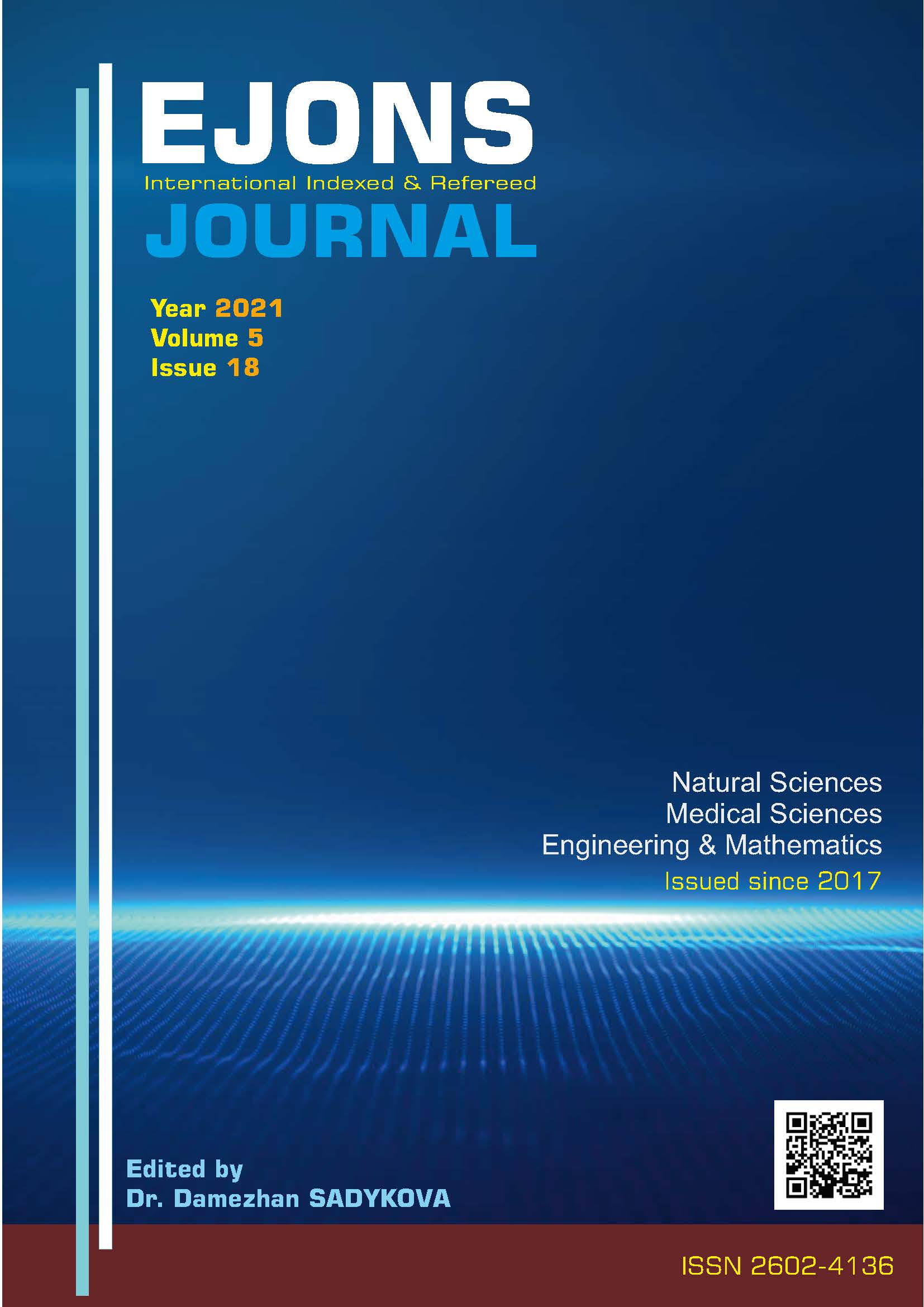EVALUATION OF THE RESIDUAL MIXTURE EMERGED IN ICE CREAM PRODUCTION AND THE FEASIBILITY STUDY ON ENERGY EFFICIENCY
DOI:
https://doi.org/10.38063/ejons.417Keywords:
ice cream residual mixture, food waste utilization, freeze drying, energy efficiencyAbstract
Ice cream is a dairy product appealing to the customers of all ages with a rich variety of choices. High amounts of highly nutritional residual mixtures are generated in the ice cream production process to be reprocessed. In this study, plain ice cream was melted to represent ice cream residual mixture and dried in a freeze dryer to obtain ice cream residual mixture powder (IRP) with moisture content and water activity values of 2.35±0.14 % (wet basis, wb) and 0.24±0.01 respectively. In order to examine the energy consumption of the freeze-drying process, the specific moisture extraction rate (SMER (kg/kWh)), moisture extraction rate (MER (kg/h)), and the specific energy consumption (SEC (MJ/kg)) were calculated as 1.93±0.25, 1.16±0.15 and 1.90±0.28 respectively. IRP was added to the cake formulation in certain proportion (0% control, 5-10-15%). The addition of IRP did not cause a significant change in the moisture content of the cake batter (the moisture content values were 30.82-31.44 % (wb)), however, the addition of IRP in cakes caused statistically significant differences in the moisture content as 21.73-24.82 %. (wb). While the water activity value of the cake batters increased (aw: 0.801-0.901) according to increasing amount of IRP, it was observed that it decreased (aw: 0763-0.819) in the cakes. The brightness values of cake batters, crumb, and crust significantly decreased depending on the increasing amount of the IRP compare to the control cake. The structural properties of the cakes with IRP gave results similar to the control group cakes but were generally different in terms of their textural properties. Consequently, this study showed the utilization of ice cream residual mixture, as approximately 20 thousand tons per year, as addition to food formulations which contribute to the literature and sustainable production systems.
Downloads
Published
How to Cite
Issue
Section
License

This work is licensed under a Creative Commons Attribution-NonCommercial 4.0 International License.


